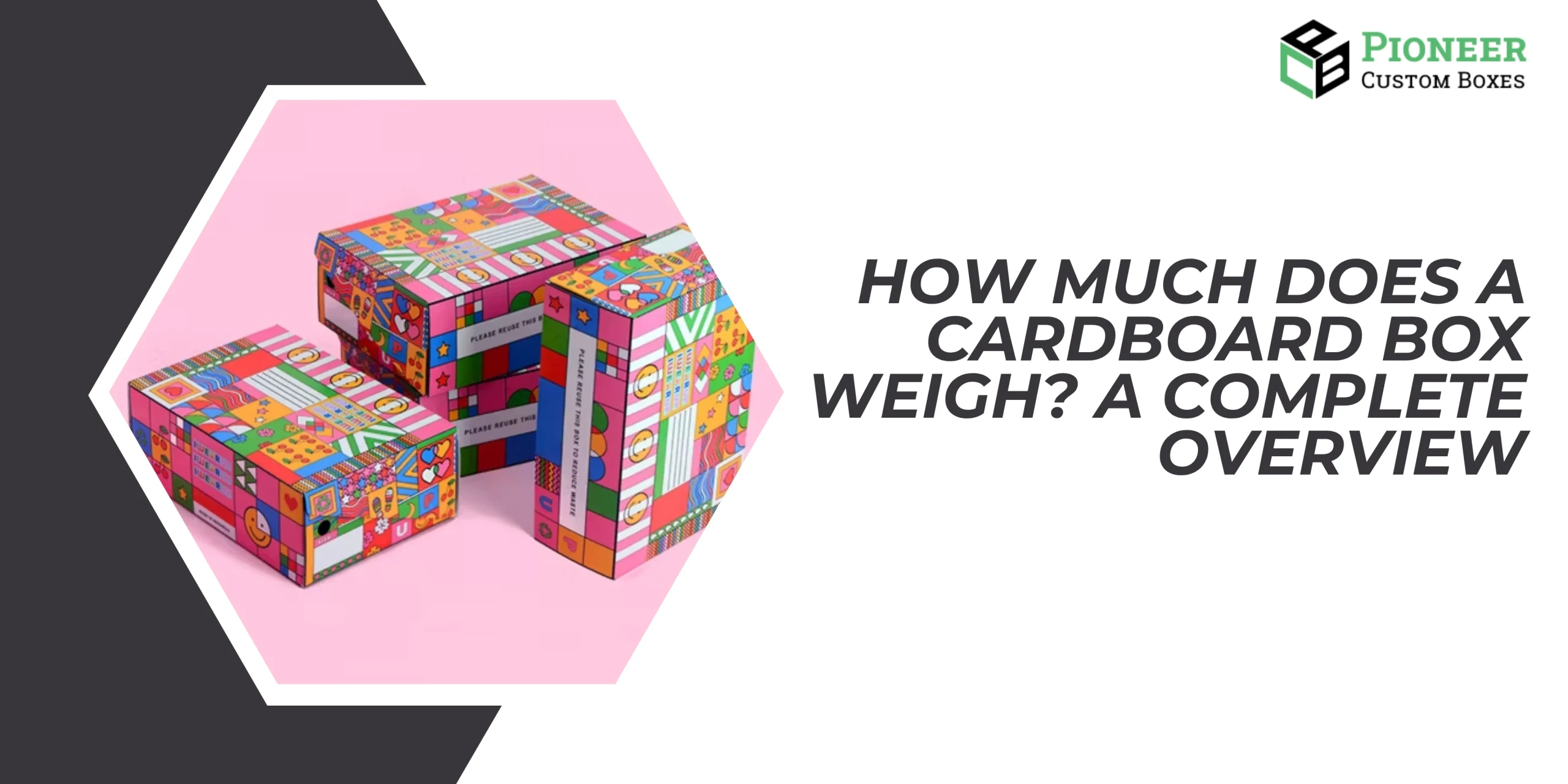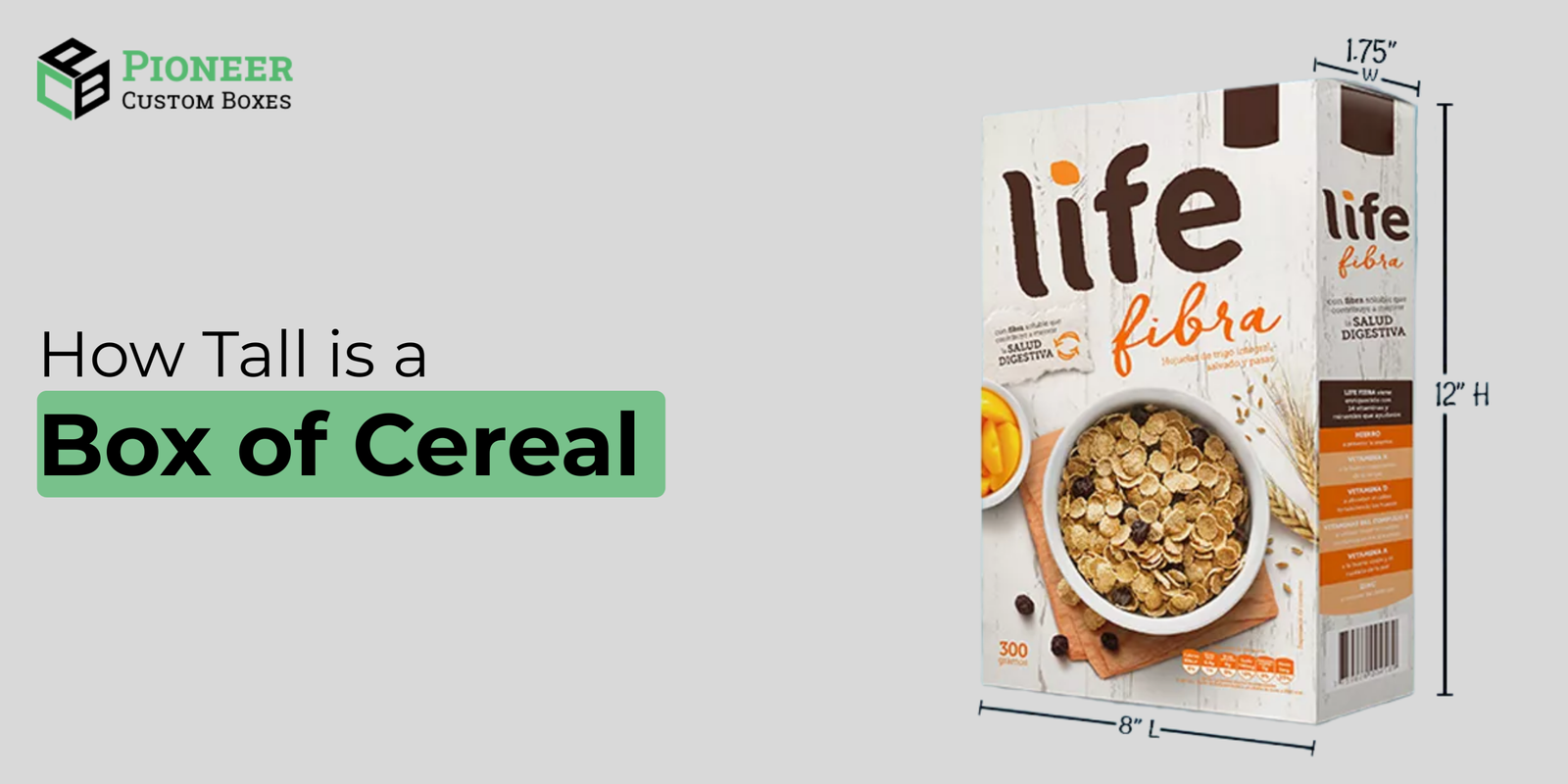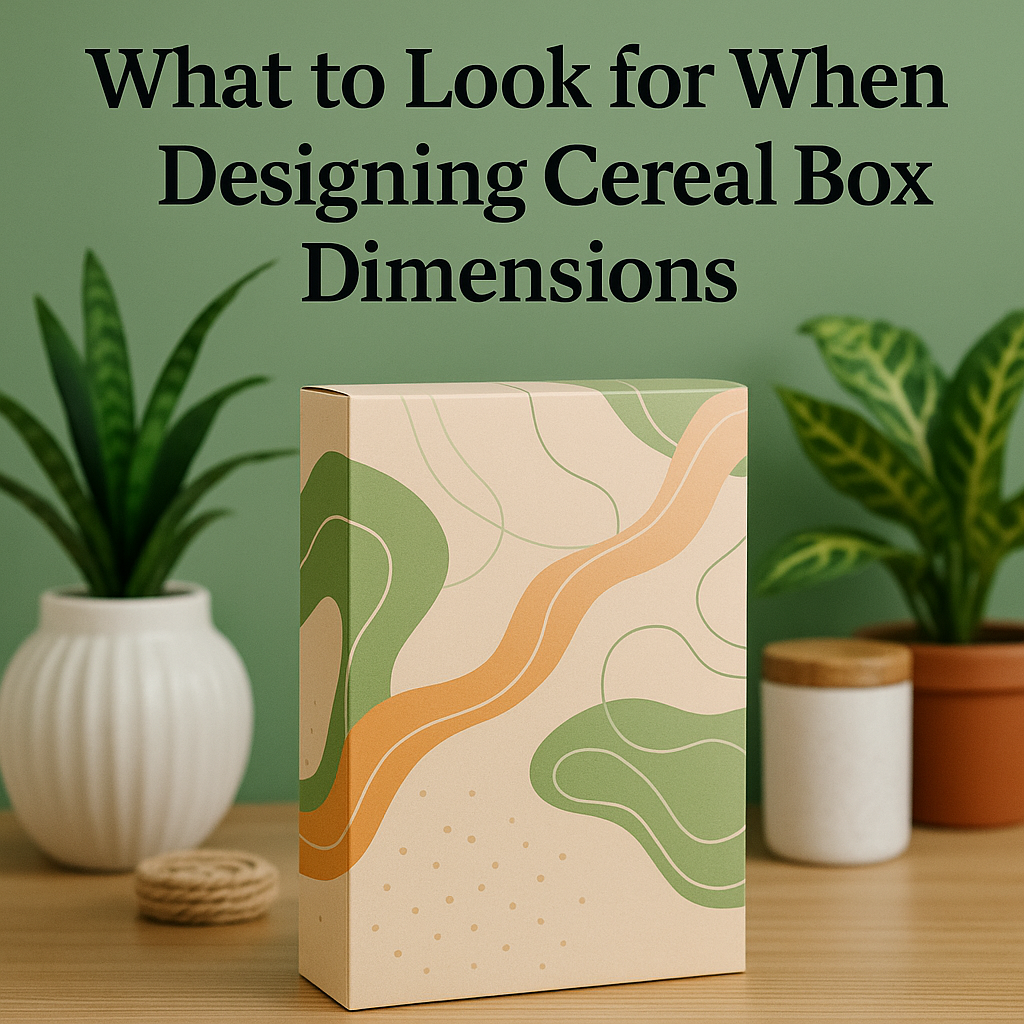The important factors to consider for Cereal Box dimensions include the length, width, and height of the box. These areas are not only important for aesthetic appeal, but also functionality, marketing, and logistics. Choosing the correct dimensions adds appeal, durability, and properly communicates branding as well as nutritional information.
Why Cereal Box Size Understanding Is Important
Beyond aesthetics, the size of a cereal box changes their position in retail stores as well as their ease to be stored. This along with the consumer perspective is crucial to a manufacturer. Understanding these factors is bound to do wonders from a strategic standpoint both for practicality as well as brand perception.
Typical sizes and variations of cereal boxes
Custom Wholesale Cereal Boxes come in various sizes, single serving boxes and bulk family sized options. These changes aim to target specific consumers and distinct marketing approaches. Having an understanding of standard dimensions used across the industry ensures that all packaging offered meets the expectations set in the market.
How to Determine the Best Height, Width, And Depth
Finding the ideal height, width, and depth requires balancing factors such as the type of cereal, its density, and packaging goals. A well-proportioned box provides enhanced branding opportunities while ensuring practicality.
Boosting Brand Visibility and Shelf Impact: Length
Cereal box length is important for branding and shelf presence. The length of a box impacts the brand and how prominently it can be displayed within a store, different product details, and promotional information can be added on the longer boxes since there is sufficient length. These factors along with good construction add elegance that aids in branding and marketing the product.
Aesthetic Appeal VS Space Efficiency: Width
The width of a Cereal Box affects the design and its frames. Wider boxes enable a full brand logo with catchy graphics. On the other hand, narrow boxes help with the efficient storage and labeling. It provides a functional layout while combating the aesthetic approach.
Shaping Consumer Perceptions: Height
Impacting the perception of consumers, the height of a cereal box deeply affects their view on the cereal. Taller boxes create an impression of having superior quality and sometimes get unwanted attention during store shelves. On the other hand, shorter boxes are easy to port around and stack conveniently. Choosing the height impacts branding the most.
Average Cereal Boxes Measurements
Cereal box height is usually between 8 and 12 inches (20 to 30 cm) tall, while depth measures 2 to 3 inches (5 to 7.5 cm). These measurements provide adequate protection, ease of consumer storage, and retail display aesthetics. Certain specialty editions may be designed to have different dimensions to capture the market.
Important Considerations in Cereal Box Design
To create the most appealing cereal box design, brands must take the following factors into account.
Volume and Density of Product: The box has to fit the amount of cereal without too much empty space as shifting during transport is not permitted.
Shelf Space Allocation: Packaging needs to maximize shelf usage but still be within store layout confines.
Branding and Illustration: The area for mark branding, along with ad content and nutrition labeling, is important and must be present.
Ease of Use: Packaging that is molded or shaped differently is customer-friendly and increases user experience.
Sustainability: The box should be able to keep its form and balance upright without falling over.
Market Appeal: The design affects the attractiveness or value of a product, and packaging is no different.
Cost of Transport and Storage: Shipping costs and space in a warehouse are reduced with stackable and compact designs that take less unused space.
Unboxing Experience: Good design engages the consumer and strengthens brand loyalty.
Compliance with Industry Regulations: Packaging dimensions must follow compliance regulations and labeling policies.
Consumer Preferences: Following emerging consumer preferences ensure relevance in the competitive marketplace.
The Effect of Cereal Box Dimensions on Retail Visibility
Cereal box dimensions affect visibility on the shelves. Competitive retailers have seamlessly proportioned boxes that take up retail space as well as high visibility focusing on competing boxes. Consumers’ attention is captured due to the crucial use of height and width as well as important features of the product.
Unboxing Experience and Customer Satisfaction’s Relation To Box Dimensions
Customer satisfaction is captured through the appropriate unboxing experience and dimensions. A box that is well structured is easy to open, increasing the user experience and fostering brand loyalty.
Portion Control and Container Size Relationship
Brand marketing based on portion control or incentives for bulk purchases is dictated by the size of a cereal box. Careful sizing increases consumer confidence and helps build trust for making informed purchasing decisions.
Eco-friendly Packaging and Material Sustainability
Reducing production costs through the elimination of material waste helps achieve eco-friendly boxed design goals. The design’s efficiency in protecting the product without lowering environmental impact through the packaging helps sustain initiatives.
How Does Storage and Logistics Get Affected By The Box Dimensions?
A well-designed cereal box optimizes logistics by minimizing transportation costs and maximizing warehouse storage space. Appropriately sized packing assists in managing the supply chain more efficiently and helps reduce costs.
Covers and Consumers’ Perspectives
Custom design printed Cereal boxes’ sizes greatly impact consumer perception. Bigger boxes may provide an aura of plenty, while smaller ones may give an aura of perfectly controlled servings or premium quality ingredients. Small changes in packaging goes a long way to enhance brand image.
Usual Box Size and Weight Considerations
The typical sizing for a cereal box usually falls within these box dimension ranges:
- Length: 8 to 12 inches (20 to 30 cm);
- Width: 2 to 3 inches (5 to 7.5 cm);
- Height: 12 to 14 inches (30 to 35cm)
- Net Weight: 8 to 16 ounces (225 to 450 grams)
These dimensions provide a reasonable amount of branding alongside ease of usability and convenience. However, some tailor these packaging dimensions and designs to niche audiences or promotional requirements.
Steps For Measuring Cereal Box Dimensions Correctly
To ensure accuracy when measuring packaging, consider following these guidelines:
- Measure The Length: Ensure the box is on a flat surface, then measure the longest side of the box.
- Please measure the Width: Take a tape measure and hold it perpendicular to the length, then record the width.
- Measure the Height: Put the box in an upright position and measure from the bottom of the box to the top.
- Assess the Depth: To find the depth of the box, measure the distance from the front part of the box to the back.
- Confirm Internal Dimensions: If needed, for length, width, and height measure the internal dimensions for better pack accuracy.
Through space optimization strategies like adjusting the cereal box’s dimensions, businesses can design packaging that protects the merchandise while improving its visibility in the market. Designers need to strike a balance between adding features and beauty to the packaging by keeping expenditures low; this will give organizations the leading position in the market. Contact Pioneer Custom Boxes today and get a free quote!




